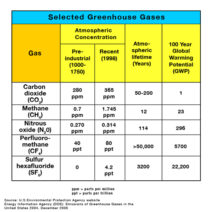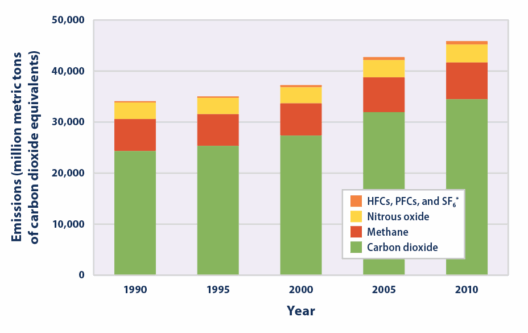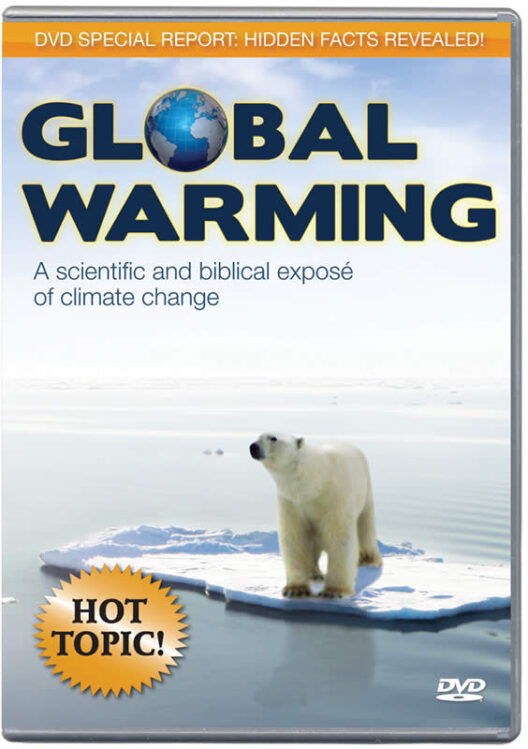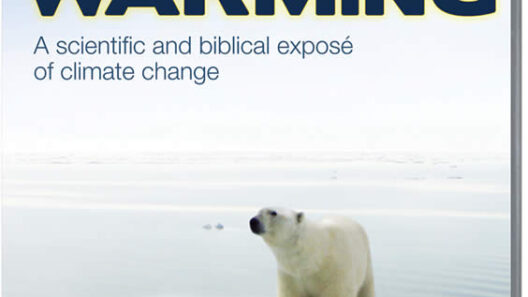Global warming represents a critical challenge of our time, a phenomenon extensively driven by anthropogenic factors. Among those that exacerbate this environmental crisis are overpopulation and pollution. To understand the intricate interplay between these factors and global warming, it is essential to delineate how population dynamics and pollution intensify the effects of climate change. This examination will elucidate the mechanisms at work and the imperative need for actionable solutions.
Understanding Overpopulation
Overpopulation occurs when a region’s population exceeds the carrying capacity of its environment. Globally, the human populace has escalated to approximately 8 billion, a significant increase that has critical implications for natural resources, ecosystems, and the climate. Each additional human demands resources—food, water, energy—which in turn contribute to greenhouse gas emissions. This relentless growth not only strains existing resources but also leads to habitat destruction, as forests are cleared and wetlands drained to accommodate burgeoning populations.
Moreover, urbanization—a common consequence of overpopulation—ushers in a myriad of environmental concerns. Extensive urban sprawl encroaches on natural habitats, leading to biodiversity loss. Cities, often characterized by higher energy demands, amplify carbon footprints due to increased transportation needs and energy consumption. Consequently, urban centers become hotspots for pollution, which is intricately linked to climate change.
As populations rise, the demand for energy escalates, necessitating fossil fuel consumption. Coal, oil, and natural gas remain predominant energy sources, despite their adverse environmental effects. The combustion of these fossil fuels releases vast quantities of carbon dioxide (CO2) and other greenhouse gases (GHGs) into the atmosphere, further intensifying global warming. Thus, the intricate relationship between overpopulation and fossil fuel use underscores the need for sustainable energy alternatives.
Pollution: An Insidious Catalyst
While overpopulation exacerbates resource depletion, pollution emerges as a direct environmental consequence. Various forms of pollution—air, water, soil, and noise—affect ecosystems and human health. Particularly, air pollution is a significant player in the climate crisis. Emissions from vehicles, industrial processes, and agricultural activities release not only CO2 but also methane (CH4) and nitrous oxide (N2O), both potent greenhouse gases with far greater heat-trapping ability than CO2.
Furthermore, the practice of burning fossil fuels emits particulate matter, contributing to smog formation and respiratory ailments. The health consequences are considerable yet secondary to the pressing climate crisis. Polluted air zones experience accelerated warming effects, creating a vicious cycle that impedes efforts to mitigate climate change.
Water pollution, prevalent due to agricultural runoff, industrial discharges, and inadequate waste management, leads to ecosystem degradation. Contaminated water bodies suffer from eutrophication, whereby excess nutrients lead to algal blooms. These blooms deplete oxygen levels in water, endangering aquatic life and undermining the natural carbon sequestration processes. The repercussions ripple through the food chain, adversely affecting both terrestrial and marine ecosystems.
Synergistic Effects: An Unholy Alliance
The convergence of overpopulation and pollution creates synergistic effects that aggravate global warming. As more individuals inhabit Earth, more waste is generated, contributing to landfills and consequently, methane emissions—one of the most impactful greenhouse gases. Additionally, urban areas suffering from high-density populations often experience heat islands, where urban temperatures surpass those of surrounding rural areas. This phenomenon exacerbates energy demands for cooling, leading to higher emissions from power plants.
As populations grow, the reluctance to adopt sustainable practices can entrench existing pollution problems. For example, developing regions often prioritize economic growth over environmental health, resulting in unregulated industrial activities that further contaminate air and water. The push for short-term economic benefits often overlooks the long-term ramifications of environmental degradation, setting a precariously unsustainable trajectory.
Rethinking Solutions
To break this vicious cycle, a multifaceted approach is necessary. Education is paramount. Cultivating awareness regarding the impacts of overpopulation and pollution can foster responsible behaviors and sustainable practices. Governments must invest in public education campaigns that advocate for family planning and resource conservation to combat overpopulation.
Moreover, transitioning to renewable energy sources can mitigate pollution while addressing the energy demands of a growing population. Solar, wind, and hydropower offer clean alternatives that significantly reduce GHG emissions. These energy sources also promote economic resilience and can potentially create new job sectors geared towards sustainable development.
Moreover, enforcing stricter regulations on emissions and fostering sustainable agricultural practices will manage pollution levels more effectively. This includes promoting organic farming, which minimizes chemical runoff, and implementing stringent waste management protocols to curb landfill expansion and methane emissions from decomposing organic matter.
Conclusion
In summary, global warming’s unexpected allies—overpopulation and pollution—intensify the climate crisis in alarming ways. Addressing these issues requires immediate attention and concerted efforts at all levels of society. By understanding the intricate dynamics between population growth and pollution, it is possible to forge a path towards sustainability. The future health of our planet hinges on our ability to combat these intertwined challenges through education, regulation, and innovative solutions, ensuring a livable world for generations to come.







